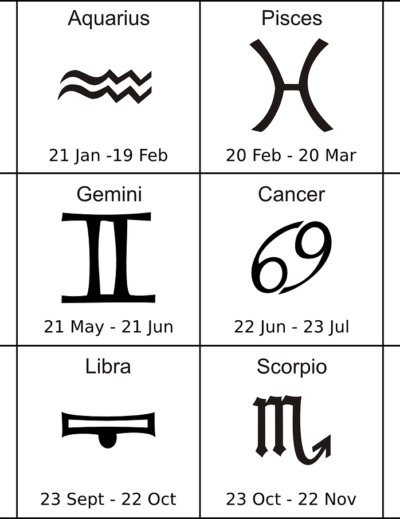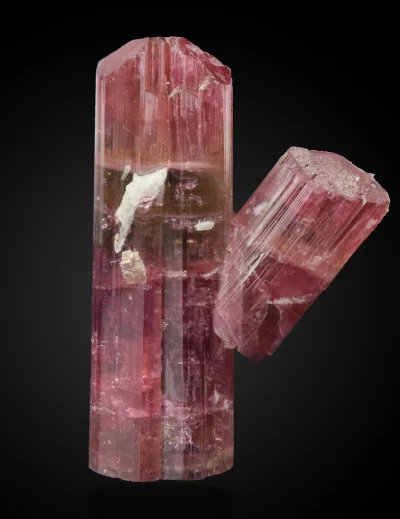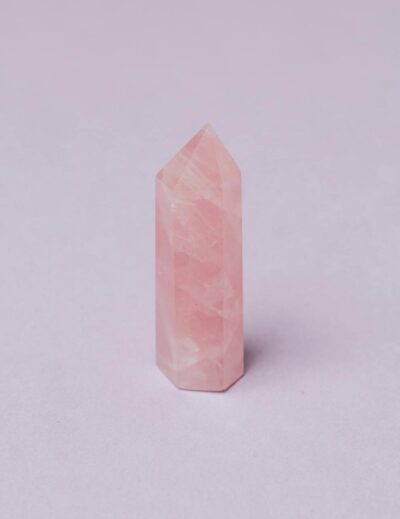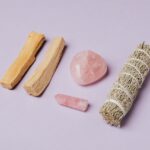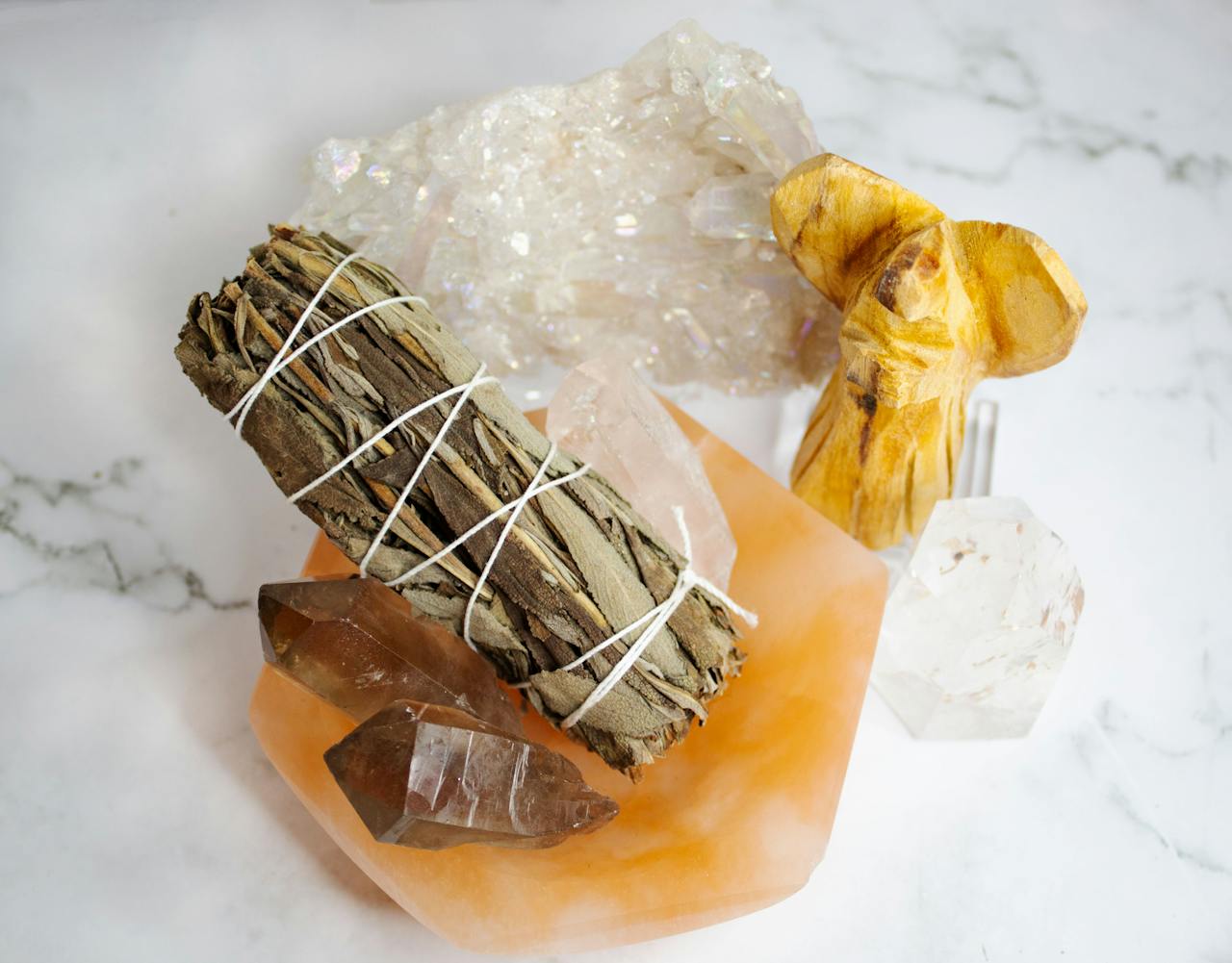
Brown Gemstones: Names, Properties, Meanings, Prices With Pictures
Brown may not be the first color that comes to mind when you think of gemstones. However, brown gemstones give off an earthy, natural vibe, making them just as beautiful as a stone of any other color. What gemstones are brown? If you’re new to the world of gems, here are some examples of beautiful, brown gemstones that can add a little more sparkle to your life.
A List of 14 Brown Gemstones
1. Smoky Quartz
Quartzes are a class of crystalline minerals that are usually formed from magma, but they can also be found attached to other minerals in rocky areas with nearby volcanoes. Smoky quartz is a distinct form of quartz crystal, and its name refers to its smoky, gray-brown color.
Thanks to its distinct coloring, smoky quartz is used exclusively in jewelry. This is also a relatively common and therefore inexpensive stone. You can find both natural and synthetic specimens for $1-$50, depending on the source, size, and number of facets that have been cut into the crystal.
2. Topaz
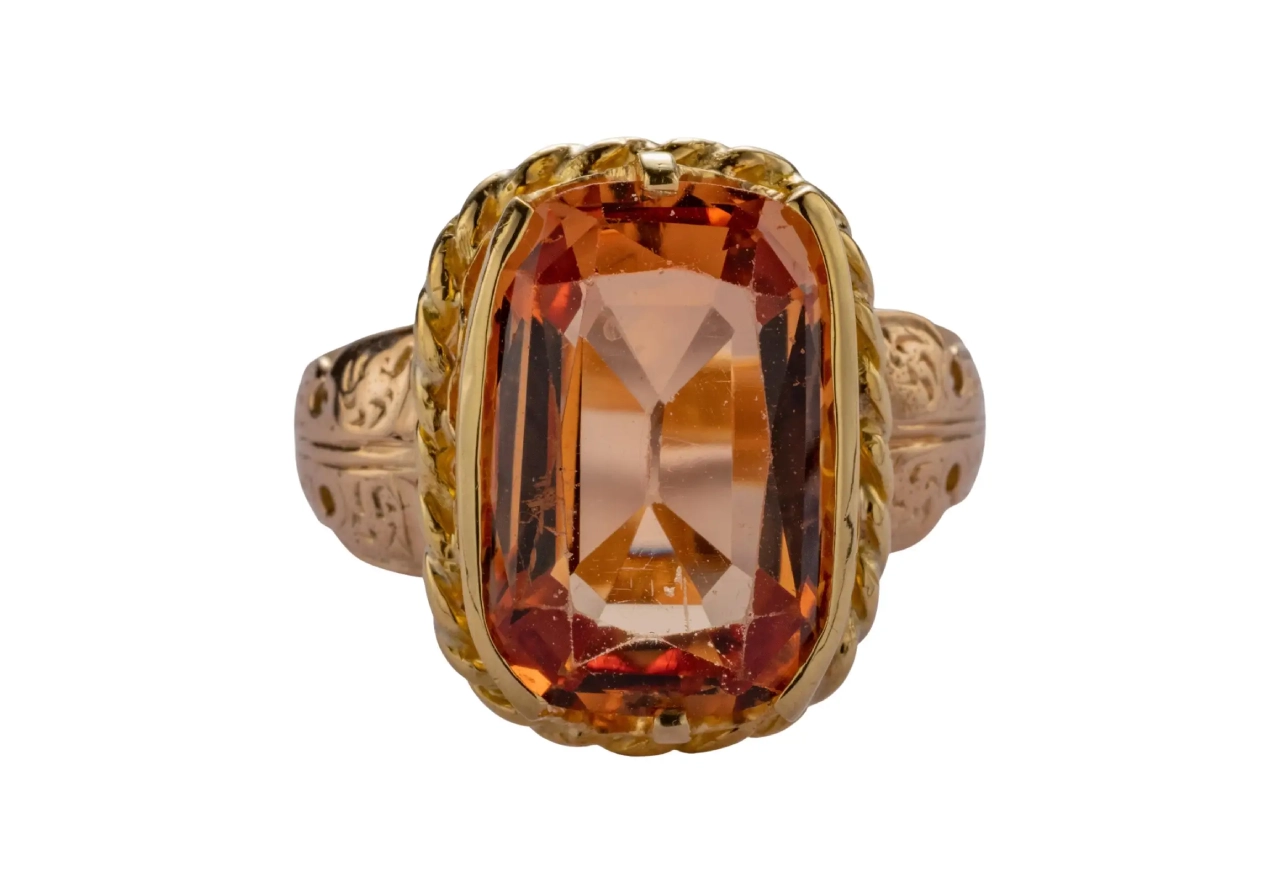
1stdibs Untreated Brazilian Imperial Topaz Ring Certified $5,250 SHOP NOW.
In its purest form, topaz is a colorless, gray mineral. However, the natural world is rarely pure enough to produce completely colorless topazes. Most specimens found in nature are yellow-brown, with the exact shade depending on environmental conditions. Brown topazes are popular for the sense of warmth they can add to a piece of jewelry.
However, they are often mistaken for smoky quartz. The best way to tell the difference is to handle both of these brown semi-precious stones at the same time. Topaz is a denser mineral that is heavier and feels smoother after a polish compared to quartz. For this reason, it’s also slightly more expensive than a quartz gemstone of similar quality.
3. Brown Diamond
Brown is the most common color of diamond found in mines all over the globe. Historically, the brown diamond was considered to be a lesser product than the classic white diamond. Thankfully, younger generations are more open to alternative colors and stones in their fine jewelry, making the brown diamond perfect for adding visual impact to engagement rings, pendants, earrings, and more.
Because they are still diamonds, they provide just as much sparkle and durability as other diamonds, but for half the price. The final cost will depend on the specific cut, color, carat, and clarity of the stone. With that said, $1000 per carat is a good place to start.
4. Tiger’s Eye
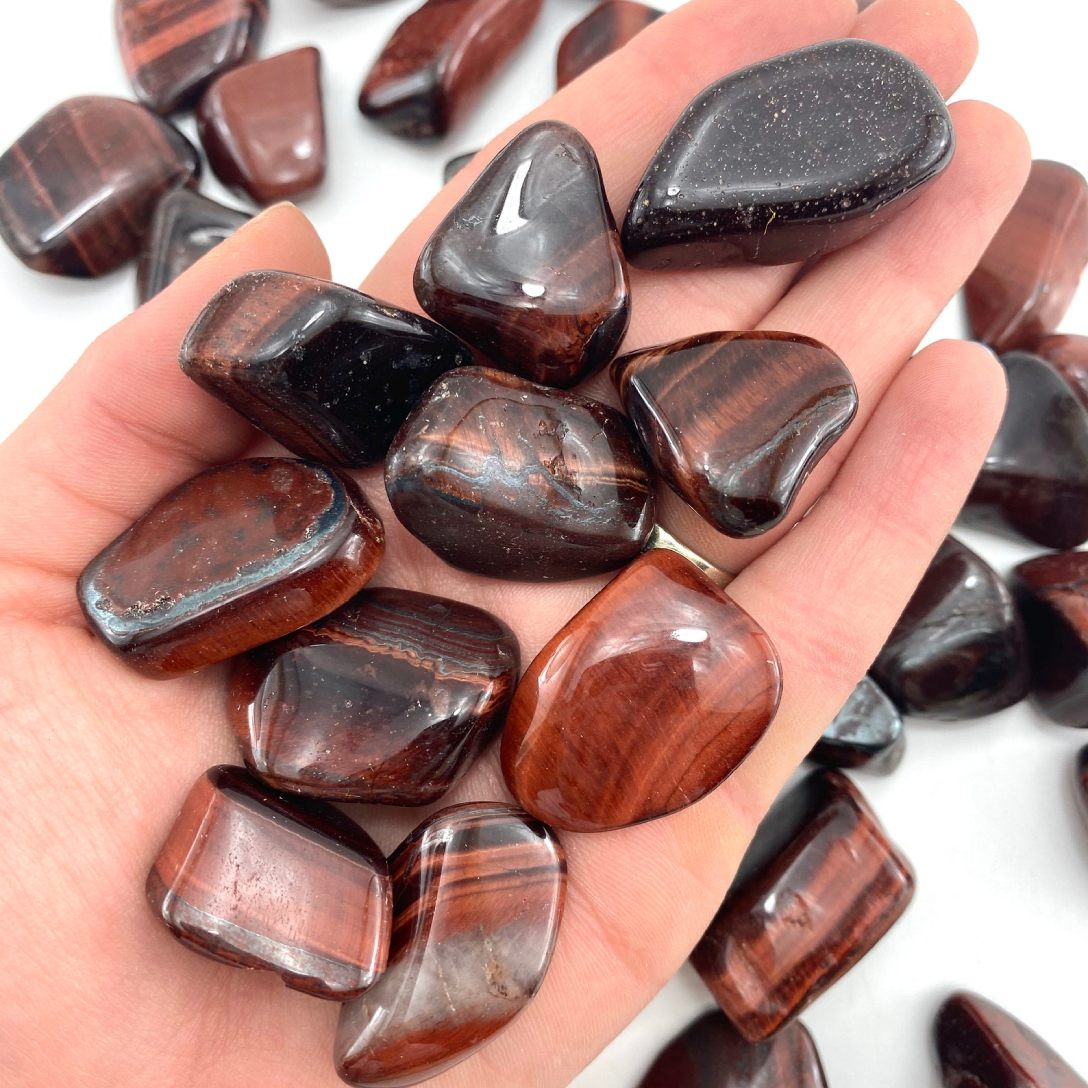
Tigers Eye Stones $2, SHOP NOW.
Tiger’s eye isn’t just one mineral, but several minerals that have become stacked together over millennia. Most often, these brown stones form when parallel veins of quartz develop between layers of metamorphic rock. After a specimen is mined and polished, the end result is a light or reddish-brown stone with golden channels, reminiscent of the vertical pupil of a tiger’s eye.
Tiger’s eyes are often associated with mental clarity or protection from the evil eye, but they also make striking additions to jewelry and other adornments. They are relatively affordable compared to other brown semi-precious stones, costing only a few dollars per gram in most cases.
5. Citrine
Another member of the quartz family, citrine occurs when the growing crystal is exposed to iron hydroxide, which produces a pale gold to vibrant brown color. Due to the affordability of quartz crystals overall, citrines are one of the most popular brown semi-precious stones, and the majority of them are used in the jewelry industry.
However, they’re rarely found in nature. Therefore, most of the brown citrine stones that are sold in today’s market are synthesized in laboratories. Fortunately, modern techniques make it possible to produce high-quality, beautiful gems that are indistinguishable from their natural counterpart.
6. Brown Zircon
Zircon is one of the most common minerals found on Earth. These crystals form when silicate is exposed to extremely high temperatures, such as the heat produced from volcanic activity. This is one reason why zircon is usually found attached to igneous rocks.
Zircons can be found and synthesized in a wide array of colors, but brown is the most common color of zircon found in nature. With a Mohs hardness rating of 7.5, they are very durable and shine brilliantly with a good cut and polish. You may be able to source small, loose stones for a few dollars, but large, high-quality stones can be as expensive as several hundred dollars per carat.
7. Fire Agate
Fire agate is a type of chalcedony, which is similar in chemical composition to quartz but differs in its crystalline structure. When the chalcedony shows visible bands of alternating colors, it’s categorized as an agate. Fire agates are distinguishable by their red-brown coloring, the product of their high iron oxide content.
A freshly mined chunk of fire agate looks like a grayish rock with a bubbly surface, but a skilled cut will reveal a rich, rusty background and a pearly iridescence.
Like other brown gemstones, fire agates are generally inexpensive at less than $20 per unit, but particularly large or iridescent specimens will fetch a higher price.
8. Jasper
Jasper, which loosely translates to “speckled stone” in Old French, forms when multiple sediments fuse within the Earth’s crust. The most common type of jasper is red or brownish with visible impurities that may resemble veins, parallel bands, or leopard spots. Thanks to its striking appearance, this mineral isn’t just used in jewelry-making but in ceramics, sculpture, and even furniture, as well.
As part of spiritual practice, jasper is valued for its grounding properties, providing strength and comfort to the owner.
For only $1-$5 per stone, it’s one of the more economical decorative stones available in the market.
9. Garnet
Garnet is a mineral that forms when aluminum in the Earth’s crust is heated to the point where it begins to crystallize. The archetypal garnet is brown or red, which is the most common color found in nature.
As a healing crystal, garnets are associated with vitality, balance, and passion. However, they are most valued as an adornment in fine jewelry. Today, they are widely recognized as the birthstone for the month of January.
Like diamonds, the value of a garnet depends on the “four C’s.” Brown garnets aren’t as rare as green or blue, so they are generally less expensive at around $100 for a basic stone. However, high-quality gems are still relatively valuable and can go for several thousand dollars.
10. Brown Tourmaline
Tourmalines are boron-based crystals. When the boron molecules bond with sodium magnesium, the end crystal becomes “dravite,” or brown tourmaline. The shade of brown can vary from golden to brown-black, and the stone polishes to an opaque, glass-like finish.
Brown tourmalines don’t form large crystal structures like quartz or topaz, so they aren’t commonly used in jewelry-making.
Still, rough specimens require specialized cutting and polishing to bring out their true potential, so expect to pay $40-$50 per carat for a well-cut stone.
Today, brown tourmalines are most popular as a collectible mineral or a healing crystal. With an association with the root chakra, the brown tourmaline is believed to symbolize calm, forgiveness, and self-acceptance.
11. Mahogany Obsidian
Mahogany obsidian is a subtype of obsidian, which occurs when volcanic magma cools rapidly, forming a black, glass-like mineral. When the magma is tainted with iron and magnesium, it develops a rusty-brown color with dark brown striations that give it the appearance of mahogany wood.
Traditionally, some Native American tribes in North America associated this stone with protection and stability. In the modern day, it is used most often in crystal healing as a symbol and catalyst for transformation.
Mahogany obsidian is another affordable stone, with an average price of a few dollars per pound for raw specimens and $10-$40 for cut and polished stones.
12. Brown Moonstone
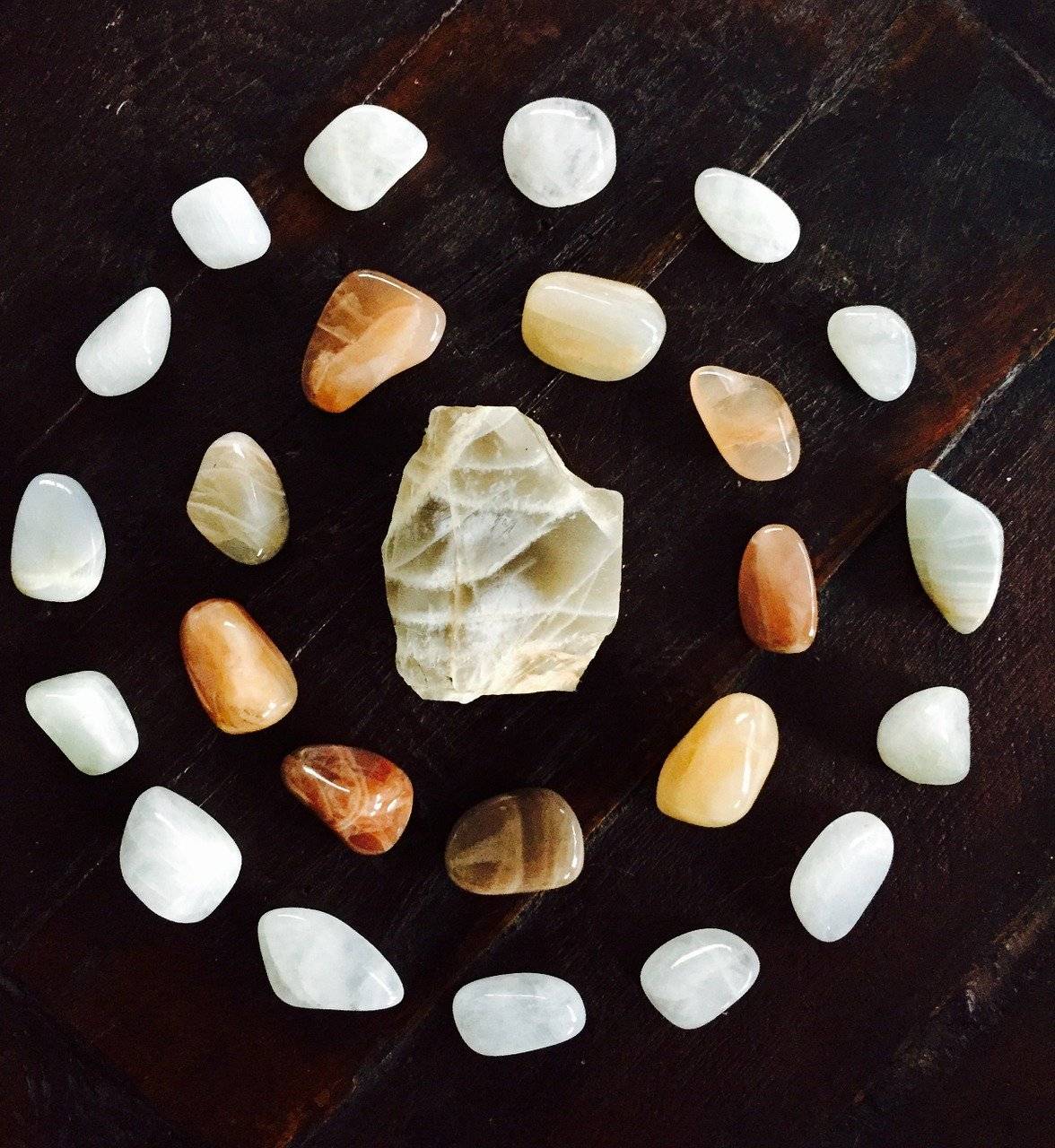
Moonstones get their name from their milky, opalescent sheen, which is reminiscent of moonlight. The unique sheen is a result of the alternating layers of orthoclase and albite contained inside the stone. When the stone also has a high iron oxide content, it will have a brownish rather than milky hue.
With a strong relationship to the moon, moonstones are generally associated with femininity, emotions, and creativity, and brown moonstones are particularly useful for grounding and warmth. Large specimens that are white or blue can be as expensive as a thousand dollars.
However, the brown moonstone is comparatively affordable but just as beautiful, only costing a few dollars per carat.
13. Zultanite/Diaspore
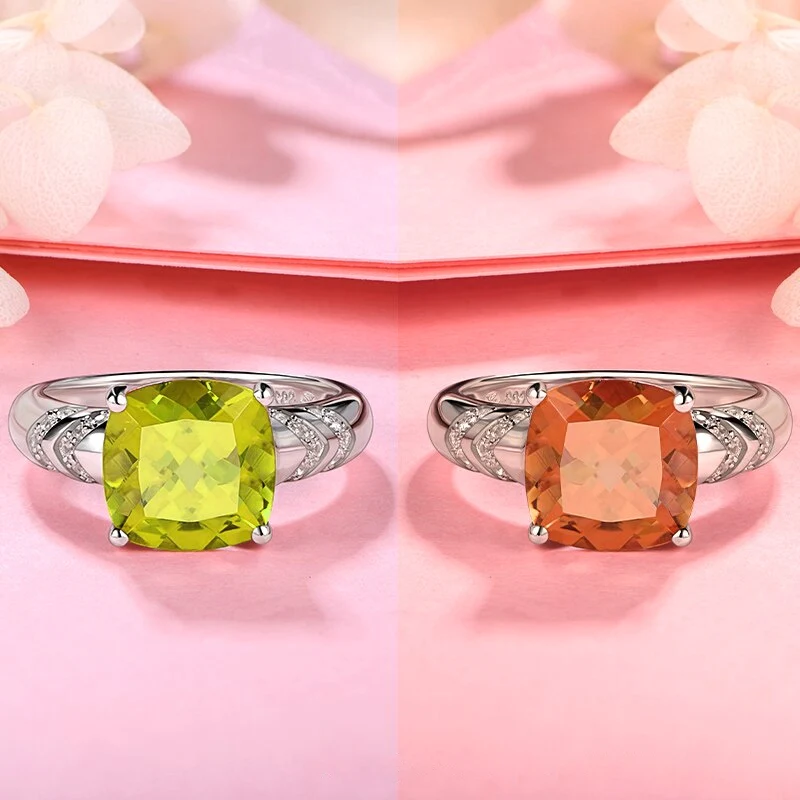
Rosery Poetry Created zultanite ring color changing $49.90, SHOP NOW.
Diaspores are essentially crystallized aluminum hydroxide, and zultanite is a variety of diaspores that are only found in Turkey. This crystal was first mistaken for quartz when it was discovered by miners in 2007. However, it’s distinct from other minerals due to a unique crystal structure that gives it a color-changing quality.
Zultanite may appear brownish-orangish at first but can transform to pink, green, yellow, or red under different lighting conditions. Because of this special trait, zultanites make particularly eye-catching additions to jewelry and may even be an alternative to diamonds.
They are relatively new on the market and harder to source as a result, so they are priced on the expensive end of the spectrum. Currently, you can expect to pay $100-$900 per carat for a zultanite.
14. Enstatite
Enstatite is a brown crystal that’s often found attached to volcanic rocks in Southeast Asia. In a few cases, enstatite has also been found in meteorites, suggesting that this mineral can form in outer space. Natural, uncut enstatite will have a gray-brownish rocky appearance, which turns transparent and sparkly after cutting and polishing. It has a Mohs hardness rating of 5.5-6.5, making it ideal for cutting into smaller accent stones.
Along with jewelry, enstatite is also used for spiritual healing. This crystal is associated with truth, self-expression, and wisdom. You may be able to purchase a rough piece of enstatite for a few dollars. However, gem-quality specimens of enstatite are harder to find and will be more expensive at $40-60 per carat.
Brown Crystal Meanings
If you’re interested in incorporating brown crystals into your spiritual journey or looking for a beautiful gift that can communicate a deeper message, here are a few more meanings of brown crystals in general:
- Connection to Mother Earth: Brown crystals are reminiscent of the colors found in nature, such as the brownish hues of soil, tree bark, mountains, and animals.
- Grounding oneself in the physical world: The earthy tones of brown crystals bring warmth and comfort, helping to soothe feelings of grief and anxiety.
- Endurance, strength, stamina, and warrior energy: With strong associations to the root chakra, brown crystals act like the roots of a tree, holding it steady through even the harshest storms.
- Wealth, abundance, harvesting the fruits of your labor: The colors are reminiscent of autumn, which is the final season of productivity before a long winter’s rest.
- Deepened empathy: For couples or families with children, brown crystals are especially valued for heightening your sense of empathy, unlocking the potential to improve relationships of all kinds.
A Complete List of Brown-Colored Gemstones
- Brown precious gemstones: Brown diamond, brown ruby, brown sapphire.
- Brown semi-precious gemstones: Smoky quartz, bronzite, brown tourmaline (dravite), brown zircon, brown garnet (hessonite), axinite, brown jasper, brown agate, tiger’s eye, brown andalusite, brown obsidian, aragonite, staurolite, sphene, vesuvianite, sard, carnelian, brown opal, bastnaesite, sphalerite, cassiterite, chert, chrysoprase, septarian nodules, topaz, citrine, fire agate, and brown moonstone.
- Dark brown gemstones: Smoky quartz, bronzite, brown tourmaline (dravite), brown zircon, brown garnet (hessonite), axinite, dark brown jasper, dark brown agate, tiger’s eye, dark brown andalusite, dark brown obsidian, aragonite, staurolite, sphene, vesuvianite, sard, carnelian, brown opal, bastnaesite, sphalerite, cassiterite, chert, chrysoprase, septarian nodules, topaz, brown diamond, citrine, fire agate, and brown moonstone.
- Light brown gemstones: smoky quartz, topaz, brown zircon, champagne diamond, light brown jasper, light brown agate, tiger’s eye, citrine, light brown moonstone, brown opal, aragonite, chrysoprase, light brown calcite, and fire agate.
- Orange brown gemstones: Hessonite garnet, fire opal, sunstone, imperial topaz, carnelian, orange-brown zircon, amber, sphalerite, sard, and certain shades of jasper and andalusite.
- Reddish brown gemstones: Hessonite garnet, mahogany obsidian, sard, reddish-brown jasper, red tiger’s eye, and certain shades of andalusite, brown zircon, and brown tourmaline (dravite).
- Green and brown gemstones: Andalusite, unakite, idocrase (vesuvianite), green-brown tourmaline (dravite), certain types of jasper, bloodstone (heliotrope), moss agate (with green inclusions and brown matrix), green garnet (grossular), serpentine, rainforest jasper, rhyolite, and variscite with brown matrix.
- Black and brown gemstones: Black opal with brown matrix, mahogany obsidian, black and brown jasper, brown and black agate, certain types of tiger’s eye, bronzite, petrified wood, black and brown tourmaline (dravite), hypersthene, and black diamonds with brown inclusions.
- Yellow brown gemstones: Amber, citrine, yellow-brown zircon, tiger’s eye, yellow jasper, sphalerite, certain shades of topaz, yellow-brown agate, hessonite garnet, yellow-brown tourmaline (dravite), and chrysoberyl.
Read More
A List of Pink Gemstones: Names, Meanings, Healing Powers, With Pictures

